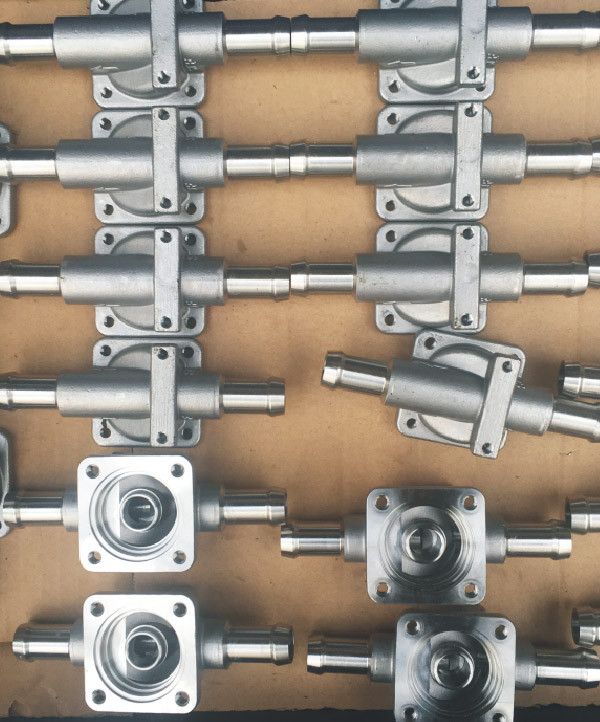1. Select the OEM Solenoid Valve Body according to the pipeline parameters: diameter specification (ie DN), interface mode
1) Determine the diameter (DN) size according to the inner diameter or flow requirement of the pipeline;
2) Interface mode, generally >DN50 should select flange interface, ≤DN50 can be freely selected according to user needs.
2. Select the solenoid valve according to the fluid parameters: material, temperature group
1) Corrosive fluid: Corrosion-resistant solenoid valve and all stainless steel should be used; edible ultra-clean fluid: food grade stainless steel solenoid valve should be used;
2) High temperature fluid: It is necessary to select a solenoid valve made of high temperature resistant electrical materials and sealing materials, and it is necessary to select a piston type structure;
3) Fluid state: large to a gaseous state, liquid or mixed state, especially when the diameter is larger than DN25, it must be distinguished;
4) Fluid viscosity: Usually it can be arbitrarily selected below 50cSt. If it exceeds this value, a high viscosity solenoid valve should be used.
3. Select the Solenoid Valve Body according to the pressure parameters: principle and structure
1) Nominal pressure: This parameter has the same meaning as other general-purpose valves, and is determined according to the nominal pressure of the pipeline;
2) Working pressure: If the working pressure is low, the direct-acting or step-by-step direct-acting principle must be used; when the minimum working pressure difference is above 0.04Mpa, direct-acting, step-by-step direct-acting or pilot-operated can be used.
4, electrical selection: voltage specifications should be preferred to use AC220V, DC24 is more convenient.
5, according to the length of continuous working time to choose: normally closed, normally open, or sustainable power
1) When the solenoid valve needs to be opened for a long time, and the duration is longer than the closing time, the normally open type should be selected;
2) If the opening time is short or the opening and closing time is not much, then the normally closed type is selected;
3) However, some working conditions for safety protection, such as furnace and kiln flame monitoring, can not be selected for normal opening, and should be selected for long-term energization type.
6. Select auxiliary functions according to environmental requirements: explosion-proof, non-return, manual, waterproof fog, water shower, diving.
